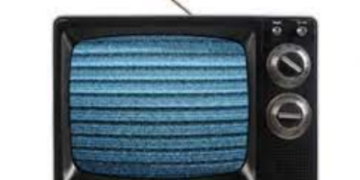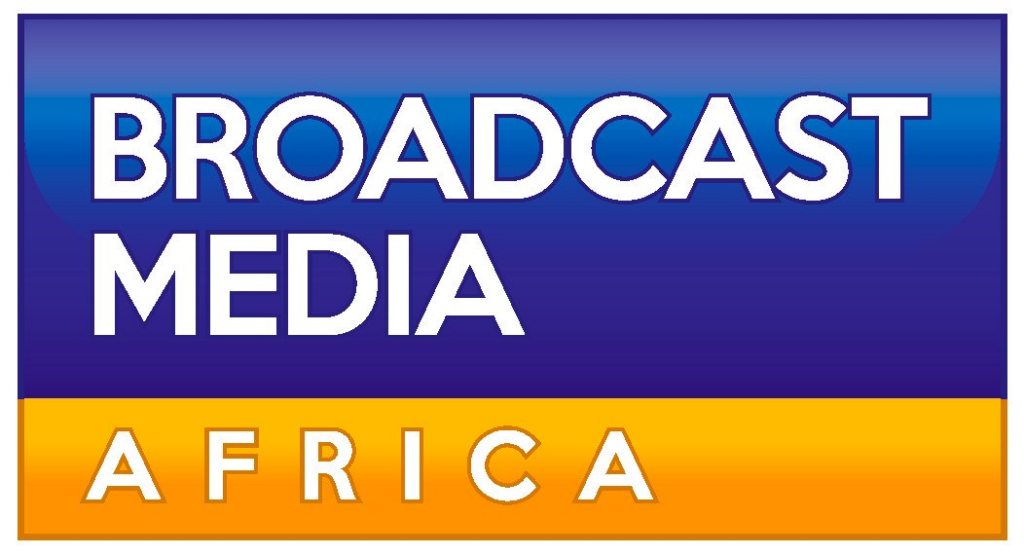South Africa’s government faces a significant financial challenge in maintaining analogue and digital TV signals. Mr Solly Malatsi, the Minister of Communications and Digital Technologies, stated that the cost of running both systems, known as “dual illumination,” has exceeded $65.8 million since 2014, and the state cannot afford to continue this practice.
Speaking to Newzroom Afrika about the delay in the analogue switch-off, Solly Malatsi explained that this decision was based on the project’s long-standing nature and the unsustainable financial cost of dual illumination.
Last year, the cabinet approved extending the deadline to 31 March 2025. However, eMedia and other organisations like Media Monitoring Africa and the SOS Coalition are challenging this new deadline in court, arguing it could leave vulnerable households without access to crucial information.
Solly Malatsi’s lawyers accused eMedia of prioritising its commercial interests over low-income households. He criticised eMedia for urging viewers to buy its Openview decoder instead of promoting government-funded set-top boxes (STBs) that would allow low-income families continued access to public TV.
The government has been supplying STBs to ensure that indigent households can transition to digital broadcasting without losing access to public TV services. Tsatsawane questioned why eMedia didn’t suggest registering for these free STBs if it cared about the poorest households.
Malatsi’s department revealed that dual illumination has cost the state $67.5 million over the past decade, with no funding in the 2024/25 financial year. The USAASA (Universal Service and Access Agency of South Africa) requested $7.7 million from the National Treasury to cover the shortfall.
eMedia maintains that the government is responsible for funding the transition. The dispute continues as South Africa grapples with the financial and social implications of the digital TV switch-over.


















